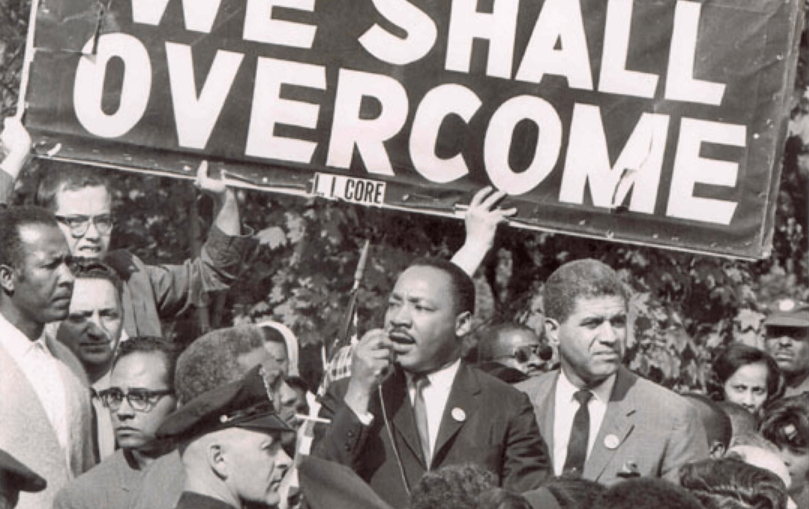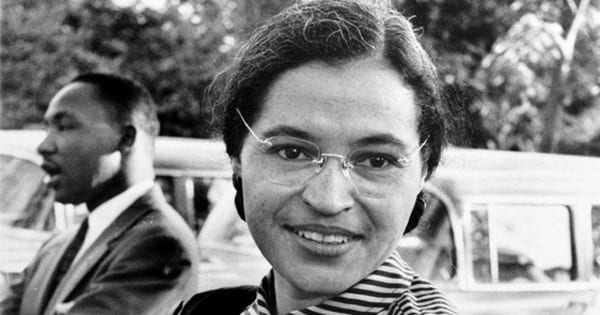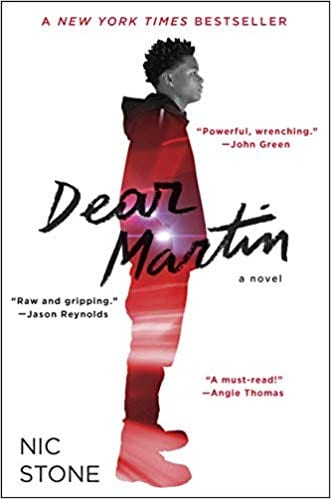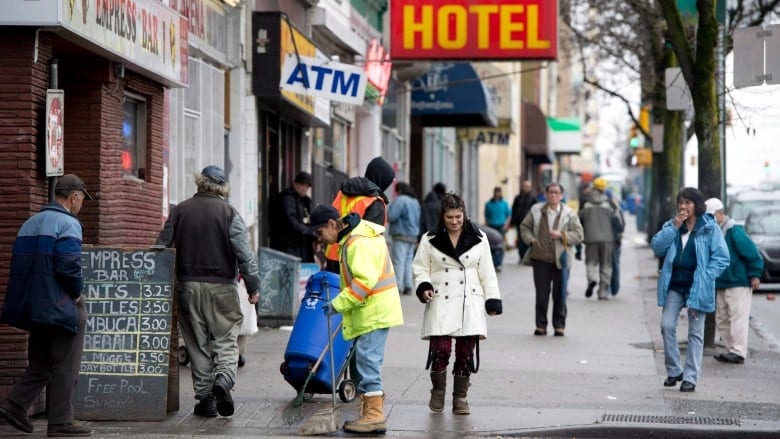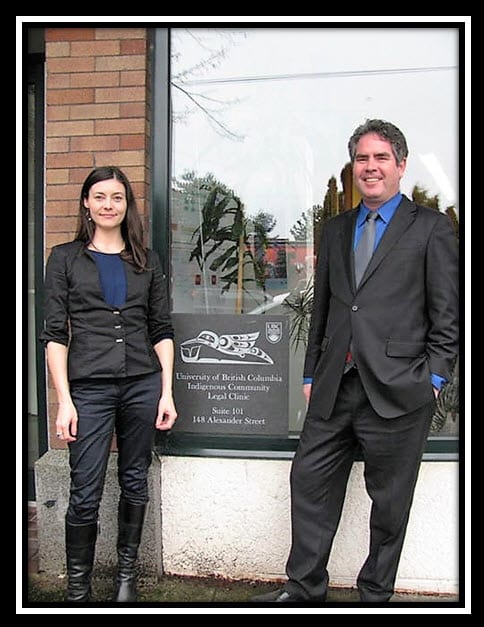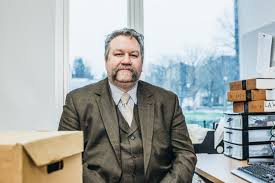Posted on March 7, 2019
We Shall Overcome
What you just watched was my final project for this past unit! The topic of that video was all about the Downtown Eastside (DTES) and how individuals knitted together can create a community of people willing to change. Although this is a very important topic, it wasn’t actually what the class was focusing on. We were actually learning all about the Civil Rights Movement, something incredibly important to American (and worldwide) history. Our driving question for this unit was…
“How can the actions of an individual change a system?”
You may be wondering about the title of my post, does it sound familiar? It was actually the name of a classic song that was sung during a strike of tobacco workers in South Carolina. Soon after it became the unofficial anthem for the Civil Rights Movement. If you reflect on the statement, It’s words are actually very powerful. They helped many persevere through the tough times of the movement and even today in my opinion, shows a sign of unity and strength.
The civil rights movement was definitely an eye opener for how people were treated back then and even today. As much as the civil rights movement brought justice and equality in terms of law (civil rights act of 1964 and the voting rights act of 1965) the mindset of individuals still needs to change. I think this was something important that people really need to understand, that change still needs to be made.
At the beginning of the unit we reviewed pre-1950s. This included…
President Abraham Lincoln issued the Emancipation Proclamation on January 1, 1863. The proclamation declared "that all persons held as slaves" within the rebellious states "are, and henceforward shall be free.". Despite the act, the Emancipation Proclamation was limited in many ways. It applied only to few states, leaving most of the south as slave states.
Source: https://www.history.com/topics/american-civil-war/emancipation-proclamationAfter touching on pre-1950 we went on to Brown vs. Board of Education, the murder of Emmett Till and the Bus Boycott. While learning about these topics the thing that stuck with me the most was that everything was purposeful. For example, I always thought that the bus boycott was started by just Rosa Parks. In my mind, she was fed up with the system and decided to stand up for what was right. Turns out that I was wrong, the whole event was planned. In fact, a young girl named Claudette Colvin had actually already done something similar to Rosa Parks first. She ended up not being a strong candidate for the movement because of her age, and the fact she became pregnant just a few months later. The NAACP was looking for a strong candidate (like Rosa Parks) that could represent there movement. This really changed my perspective on the movement. I think it made me appreciate the ingenuity behind everything. Although now that I am reflecting on this, I guess it makes sense that the civil rights movement wasn’t just a string of coincidences.
To expand our knowledge and reflect even more on what we were learning, we had to make reflective posts. These posts had to make a connections to our modern day and the civil rights movement, all while answering the driving question. I decided to focus mine on the murder of Emmett Till and Trayvon Martin. If you would like to read about that, click here. I think writing this post really brought up the same idea as I was talking about before. That, thanks to the civil rights movement the laws have changed but people’s mindsets still need to change. Something that I find really powerful to understand, that there’s still change that needs to be made.
On top of writing this post we also participated in weekly Socratic seminars. These seminars are supposed to help us reflect and think deeper through discussions. It was named after the famous philosopher, Socrates. Each seminar we would discuss a piece of text, a documentary, novel or film. For the first few seminars we used the novel “Dear Martin”, by Nic Stone. The first time we tried this seminar it was really rough. I think we hadn’t accepted the concept that we needed to dig deeper and go below the surface (not just plot, characters and opinions). A good piece of advice we were given was to ask questions, because in reality that’s where all the good discussions were derived from. The next few seminars we used films (The Long Walk Home) as well as documentary’s (Viewers Like You). I felt like it was important to have both, because with the documentary we got the stone cold facts and truth, whereas with the films we were able to connect and empathize with the characters. This taught me the importance of using multimedia to collect evidence, it’s essentially like getting different perspectives. Through these seminars I also attained useful skills and gained experience with seminars that I can hopefully use in my post secondary education.
So by now your probably wondering what that project at the beginning was all about, right? Well, as I mentioned before it was our end of unit project. The idea was we would get into partners and create a video of a Canadian individual that changed a system, and relate it to history and present day. My partner and I (Calum) decided to actually focus on community’s knit to together by individuals who are willing to make a change. We wanted people to understand our thesis, that one individual can spark change but it takes a community to make the change. We thought the perfect example of this would be the DTES (Downtown Eastside).
Since our issue was so close to home, we decided we had no excuse to not find interviews to support our video! After some digging, our teacher told us she found a perfect contact. After doing some research on the organization we were really inspired about what they were doing/trying to accomplish. We were going to interview a lawyer from the Indigenous Community Legal Clinic. The legal clinic also took on a few students from the Peter A. Allard School of Law at UBC, so we were also hoping on interviewing a student. The indigenous community law clinic takes on lots of pro bono cases, and focus on giving back to a minority group that have been discriminated against for centuries.
Before the interview we did lots of background research and formulated many strong questions that we could get the most information from. We also created a storyboard using numbers so we could narrow down on what we needed for each section of the video.
Once we arrived at the clinic we were greeted by Mark Gervin (man in above picture), our interviewee. We sat down and discussed the purpose of our video and what we wanted to get out of the interview. As we were discussing the clinic, he told us a story about what they were trying to accomplish. The story is about a humming bird that tries to put out a wild fire. As all the animals are fleeing the forest, the hummingbird carries water from a river to the fire in his beak. The animals tell him to fly away, and there’s no point. He responds by saying he’s doing what he can. This really helped me understand the situation. The wildfire is the injustices that have taken place, the hummingbird is obviously those individuals (Mark, the clinic and students) that are doing all they can to help. This really put into perspective how damaging the years of racism, segregation and discrimination is on today’s society. Yes, the rules have changed but it doesn’t mean people aren’t still effected by what happened. With the help of communities, we can slowly help put out the fire.
Mark and the student (shay) were both very gracious to let us interview them, and we appreciate the opportunity they gave us very much. With their help we were able to make this amazing first draft!
As always, revisions are needed. But before we finished our final draft we decided to take up yet another opportunity and visit the community courts. Since we are battling with the idea of systems, we thought it would only be fair to gain more knowledge about our justice system. We first went to the bail court, then to the conviction court. We were only there for about an hour and a half, but I could have stayed there all day. It was so interesting to me, and also saddening to hear all the stories of those convicted. Most of them were not first time offenders, and were also living on the streets. Through this experience I saw with my own eyes how difficult it is to support yourself mentally and physically when your are living on the streets. All people really need is support.
For our final draft we shortened the interview clips, removed some excess unneeded info and narrowed down on our driving question…
“How can a community of individuals make small differences that can change a system?”
In conclusion, I have learned so much over these various topics. Each assignment has taught me something different that I can connect to other situations. Like through the civil rights movement I learnt all about the laws and events that happened but I also learned that although change was made, our systems and mindsets still need to be changed. Through the Socratic seminars I learned the importance of multimedia and primary sources, as well as how to look for deeper meaning. Through the bus boycott I learned that most things that have meaning are purposeful. And finally for the video project I learned that a community knitted together by individuals willing to make a change can make a difference in a system. All these topics may not relate directly too each other, but the learning I did can apply to everything. This is something I’ve come to realize is very powerful. Overall I discovered so much, and thoroughly enjoyed learning about the civil rights movement.
Here are some powerful images that speak a million words. I came across/collected most of these over the past few months while completing this unit. Just wanted to include them at the end to keep you thinking about the effects of the movement, and what happened.

